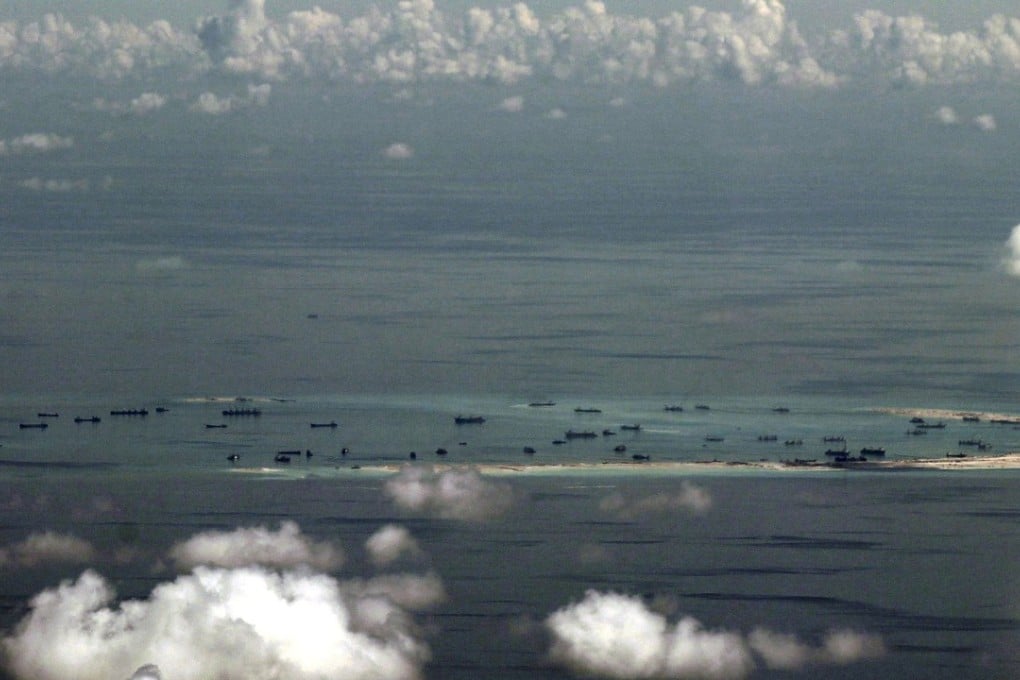Review | The South China Sea, its history and role in international politics examined by 12 experts in Great Powers, Grand Strategies
Retired US naval officers, university professors, think-tank scholars, and Asia experts examine China’s aggressive moves in the South China Sea and their current and future geopolitical impact, and hope prudence and wisdom prevail

Great Powers, Grand Strategies: The New Game in the South China Sea
edited by Anders Corr
Naval Institute Press
3.5/5 stars
The South China Sea, notes Bernard Cole, a former US Navy captain who also taught maritime strategy at the National War College, covers four million square kilometres, has significant energy resources, and contains trade arteries through which one-third of the world’s commerce transits.
Its geographic location astride the Southeast Asian littoral makes it the maritime gateway between the Indian and Pacific Oceans. China’s claim of sovereignty over the entire sea and conflicting claims by other countries in the region make the South China Sea a geopolitical flashpoint and potential scene of military conflict among regional and global powers.
